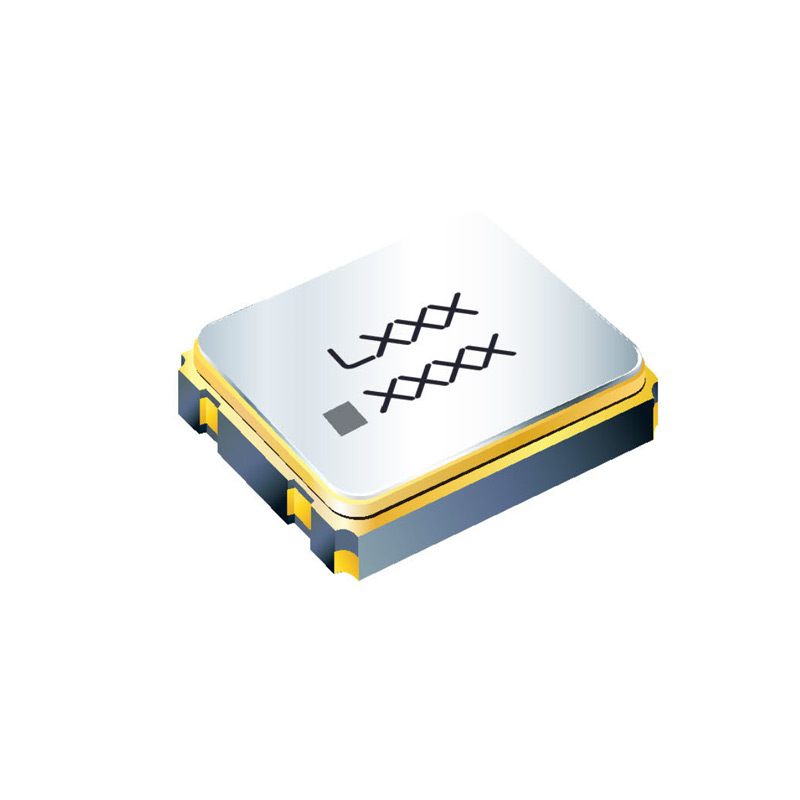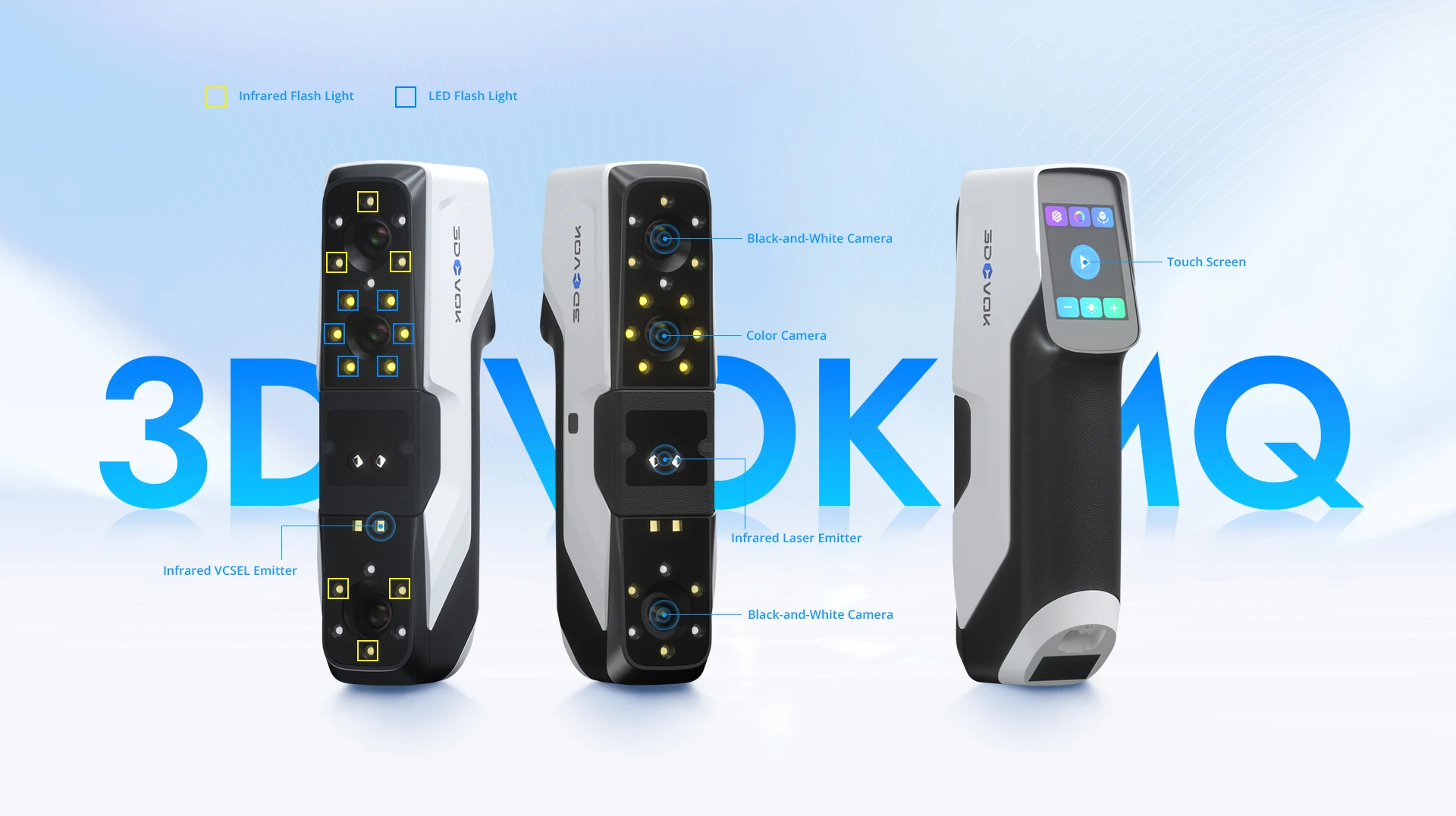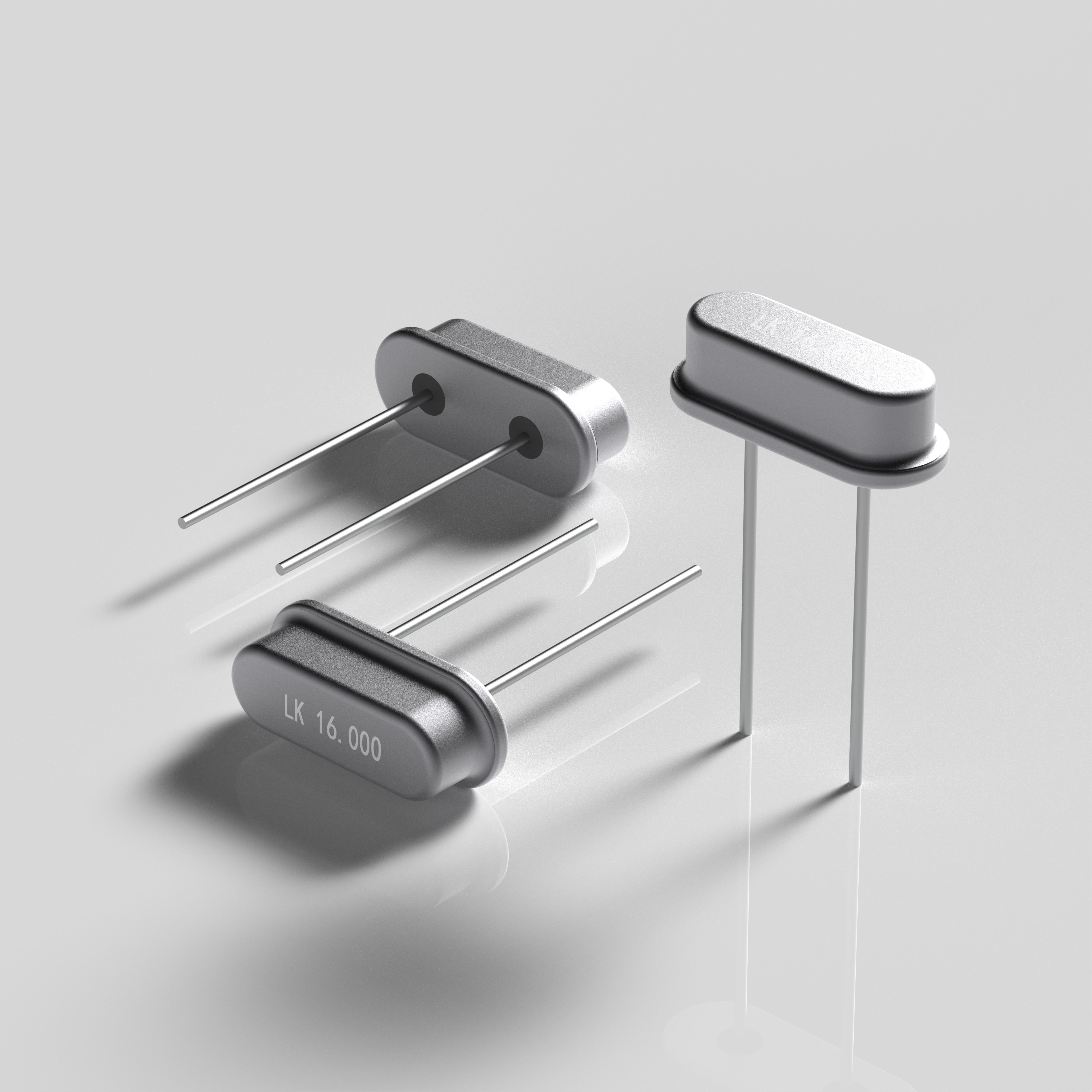Relay vs. SCR: Unveiling the Distinctions and Applications

In the realm of electrical engineering, two commonly used components are relays and silicon-controlled rectifiers (SCRs). While both serve as switches in various applications, they possess distinct characteristics and are employed in different scenarios. This article aims to elucidate the dissimilarities between relays and SCRs, shedding light on their functionalities, advantages, and applications.
- Working Principle:
Relay: A relay is an electromagnetic switch that operates based on the principle of electromagnetism. It consists of a coil, an armature, and a set of contacts. When an electric current passes through the coil, it generates a magnetic field, attracting the armature and closing the contacts, thereby completing the circuit.
SCR: On the other hand, an SCR, also known as a thyristor, is a semiconductor device that controls the flow of electric current. It operates in a unidirectional manner, allowing current to pass only when a trigger voltage is applied to its gate terminal. Once triggered, the SCR remains conducting until the current drops below a certain threshold.
- Switching Speed and Efficiency:
Relay: Relays are known for their relatively slower switching speed compared to SCRs. This is due to the mechanical movement involved in closing and opening the contacts. However, relays offer high efficiency in terms of power transfer, as they have low power dissipation when the contacts are closed.
SCR: SCRs, being solid-state devices, have faster switching speeds compared to relays. They can switch on and off within microseconds, making them suitable for applications that require rapid response times. However, SCRs have a higher power dissipation when conducting, resulting in lower overall efficiency compared to relays.
- Voltage and Current Ratings:
Relay: Relays are commonly used for both low and high voltage applications, ranging from a few volts to several kilovolts. They can handle a wide range of current ratings, from milliamperes to several amperes, making them versatile in various electrical systems.
SCR: SCRs are primarily used in high-power applications, typically in the range of several hundred volts to several kilovolts. They can handle high current ratings, ranging from several amperes to several kiloamperes, making them suitable for applications such as motor control, power supplies, and heating systems.
- Applications:
Relay: Relays find extensive use in applications where electrical isolation, switching high currents, or controlling multiple circuits are required. They are commonly employed in industrial automation, automotive systems, telecommunications, and household appliances.
SCR: SCRs are widely used in applications that require precise control of power, such as motor speed control, lighting dimmers, temperature regulation, and AC power control. Their ability to handle high currents and voltage levels makes them ideal for heavy-duty applications.
Conclusion:
In summary, relays and SCRs are both crucial components in electrical systems, but they differ significantly in terms of working principles, switching speeds, voltage and current ratings, and applications. Relays excel in electrical isolation and versatility, while SCRs shine in high-power control and rapid switching. Understanding these distinctions enables engineers to select the appropriate component for their specific requirements, ensuring optimal performance and efficiency in their designs.


